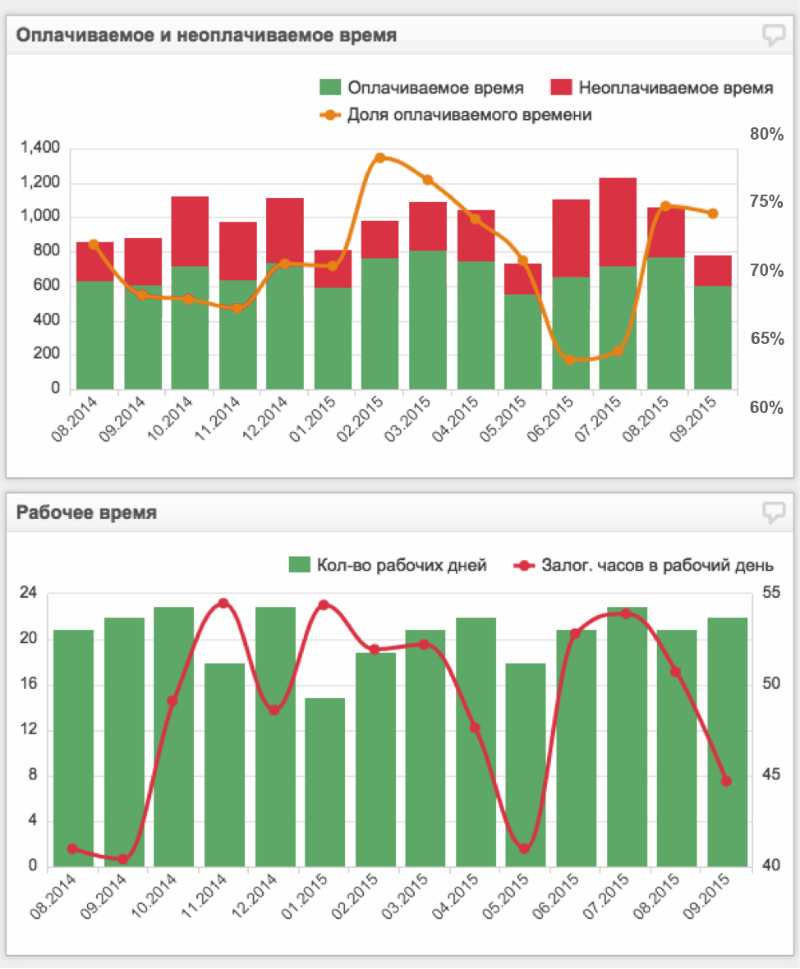Happy together: Getting feedback from customers makes them loyal

It has long been known that polls involve people - that is why on many popular sites you can find discussions on any topic. For example, a simple survey about the prospects of a football team in a tournament can provoke a flurry of comments and views. But can polls to collect feedback from customers of a company influence their satisfaction and bring some real results, such as reducing churn and sales growth?
Customers love their opinions when asked
The experiment of the Harvard Business Review, conducted at the beginning of the 2000th, is well known. The researchers analyzed the views of a large financial company from two groups of its clients. The first group included 945 people - they participated in the loyalty program, in which representatives of the company called them to take a survey on the quality of services. At the end of the conversation, clients were asked to rate their satisfaction with the quality of services, the majority of the respondents stated “high level of satisfaction”. The second group served as a control group - it included 1064 randomly selected customers who were not interviewed to find out their opinion on the quality of services.
Attitudes toward the company of people from the two groups were tracked throughout the year — researchers were interested in what and how they bought, how often they refused services, and how profitable they were for the company. During the experiment, no representative of the two groups received any marketing materials from the company — thus, third-party factors did not affect their attitude towards it.
')
A year after the completion of the study, it turned out that customers who asked for their opinion opened a new account with a probability three times higher than those who did not participate in the surveys. In addition, such clients rarely ended cooperation with the company, and also brought her on average more money. The differences became most apparent several months after the completion of the study and remained at this level for a year. Even a year later, those customers who were interviewed during the long-completed experiment, more often opened new accounts and less often closed them than people from the control sample.
This fact is actively used by many companies - for example, automakers. For example, one of my friends received a call from the Russian office of Land Rover - he just bought a new car for himself - and offered to take a short survey. “It will take no more than 40 minutes,” said the sweet girl at the other end of the line. It was not immediately possible to allocate so much time, but the girl was extremely determined. As a result, the conversation took place and the client was asked about all the experience of communicating with cars, starting with his grandfather's big-eared Zaporozhets, in which he was taken to a vegetable garden at the age of three.
This attention to detail really liked my friend, who has since turned into a real fan. Passengers who are going to get into the snow-white leather interior of his Range Rover, he asks about what brand of jeans they are: blue tracks remain on the seats from cheap jeans. Another example is that the buyer of the Russian watch Rocket was called to find out if he was pleased with the purchase, whether everything was good in the process of use. A satisfied buyer was not slow to share his attitude to the brand.

Employees love satisfied customers.
There are two main factors of employee satisfaction, described in the mid-twentieth century by the American psychologist Frederick Hertzberg. They are divided into "holding at work" and "motivating to work." The first group includes the level of wages, working conditions, relations with superiors and so on, and the second group includes achievements, responsibility and recognition of merit.
Needless to say that just a beautiful office and a decent salary are not enough for employees to be happy in the long run. They want to do something in demand, solve real problems and get recognition. When the company's customers are satisfied and openly talk about it - this is the recognition of the merits of employees. And it motivates them very much. This thesis is confirmed by practical research - for example, German scientists .
Thus, investment in improving customer satisfaction pays off twice - shot straight in the form of revenue growth and reduction in churn, and then indirectly in the form of increasing the morale of the company's employees.
How it works in practice
In a blog on Habré, we already talked about how we organized paid support for our product - billing for Hydra telecom operators. Since technical support services give our company the lion's share of revenue, we need to constantly monitor their quality and correctly consider the time spent paid. To solve the last problem, the logging system is configured.

Screenshot of the monitoring system of time spent by support staff
To collect feedback on satisfaction after each call, the client is invited to evaluate their experience of interaction with the support service. Estimates are emoticons - green, yellow and red. The client selects the appropriate emoticon with one click of the mouse. Because of the simplicity of this rating system, there is a lot of feedback, and the feedback is reliable. There is an “internal SLA”, according to which out of the last 100 assessments at least 96 should be green smilies. Information on the satisfaction of Hydra users is open and available on a special page , and technical support staff is constantly visible on a special wall screen.

Screenshot of the reviews page
For each negative assessment, a trial is conducted with the employee who received it. Regular feedback gathering reveals not only single problems, but also system errors that occur regularly and cause inconvenience to users. This dissatisfaction can accumulate and not pour out for a very long time, but upon reaching the extreme point an explosion of dissatisfaction is possible, and then the situation for the company may look something like this .
To do this should not be done in any way, so business processes need to be constantly improved - it would be impossible to do this without user feedback.
After we introduced this system to collect feedback, customer loyalty increased - this is indicated by our surveys. In addition, the "total control" in relation to the support service staff is not perceived negatively by them, which could be expected. There are two reasons for this: firstly, employees understand that they work for money, so the manager should know what they are doing in the workplace, and secondly, when you solved the client’s problem and saw a new green smiley on the monitor, it motivates. Although no one has canceled the award for good results, it is also tied up with emoticons.
Conclusion
Regular feedback from customers helps to significantly increase their loyalty, reduce churn and increase the average bill. In addition, happy customers like the company's employees, whose motivation also becomes higher.
An important plus here is the ease of implementation. In order to adjust the collection of feedback, you do not need to perform any complex actions, a simple suggestion to click on the desired smiley is enough. No major changes in business processes are required - for example, the Hydra OMS application automation system allows you to add the necessary steps in a couple of clicks. And if such small efforts can bring such a powerful result, then the business simply cannot afford not to undertake them in the face of economic difficulties and growing competition.
Author : Dmitry Koplovich, Head of Latera
Source: https://habr.com/ru/post/311482/
All Articles